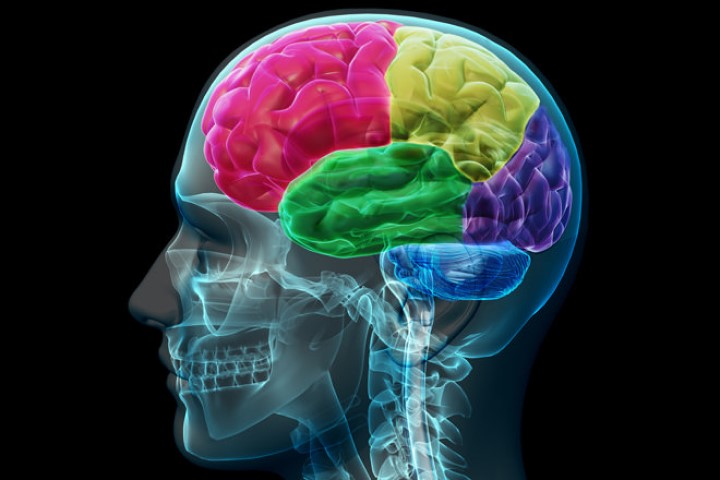A new study of brain activity shows genuine acts of kindness activate the reward network in the brain in a unique way when there’s nothing expected in return.


A new study of brain activity shows genuine acts of kindness activate the reward network in the brain in a unique way when there’s nothing expected in return.
University of Sussex researchers examined 36 existing studies featuring brain scans of 1,150 people making kind decisions and divided the images into two groups: those with subjects acting out genuine altruism with nothing expected in return, and those motivated by strategic kindness, or something to be gained, The Week reports.
Researchers found both types of kind acts sparked activity in the brain’s reward center, though it was more obvious in participants acting out of strategic kindness.
But they also discovered something else.
“Some brain regions (in the ‘subgunual anterior cingulate cortex’) were more active during altruistic generosity indicating that there is something unique about being altruistic with no hope of gaining something in return,” according to the site.
The study’s lead author, Daniel Campbell-Meiklejohn, contends the analysis “sparks questions about people having different motivations to give to others; clear self-interest versus the warm glow of altruism.”
“The decision to share resources is a cornerstone of any cooperative society. We know that people can choose to be kind because they like feeling like they are a ‘good person,’ but also that people can choose to be kind when they think there might be something ‘in it’ for them such as a returned favor or improved reputation,” he wrote, according to PsychCentral.
“Some people might say that ‘why’ we give does not matter, as long as we do,” Campbell-Meikeljohn continued. “However, what motivates us to be kind is both fascinating and important. If, for example, governments can understand why people might give when there’s nothing in it for them, then they can understand how to encourage people to volunteer, donate to charity or support others in their community.”
The study is the latest evidence supporting truly altruistic kindness as an important component of character.
Sociologist James Davison Hunter, founder of the Institute for Advanced Studies in Culture, wrote in his book “The Death of Character”:
Implicit in the world ‘character’ is a story. It is a story about living for a purpose that is greater than the self.
Campbell-Meiklejohn contends that while strategic kindness may prompt more obvious activity in the brain, there’s times when it’s no substitute for the real deal.
“For example, if after a long day of helping a friend move house, they hand you a fiver, you could end up feeling undervalued and less likely to help again,” he wrote. “A hung and kind words however might spark a warm glow and make you feel appreciated.”
The Ripple Kindness Project explains why that “warm glow” is important to conveying true kindness to students with “8 Reasons for Teaching Kindness in School.”
In the article, neuroscience expert Patty O’Grady contends “kindness changes the brain by the experience of kindness.”
“Children and adolescents do not learn kindness by only thinking about it and talking about it,” she said. “Kindness is best learned by feeling it so that they can reproduce it. Kindness is an emotion that students feel and empathy is a strength that they share.”